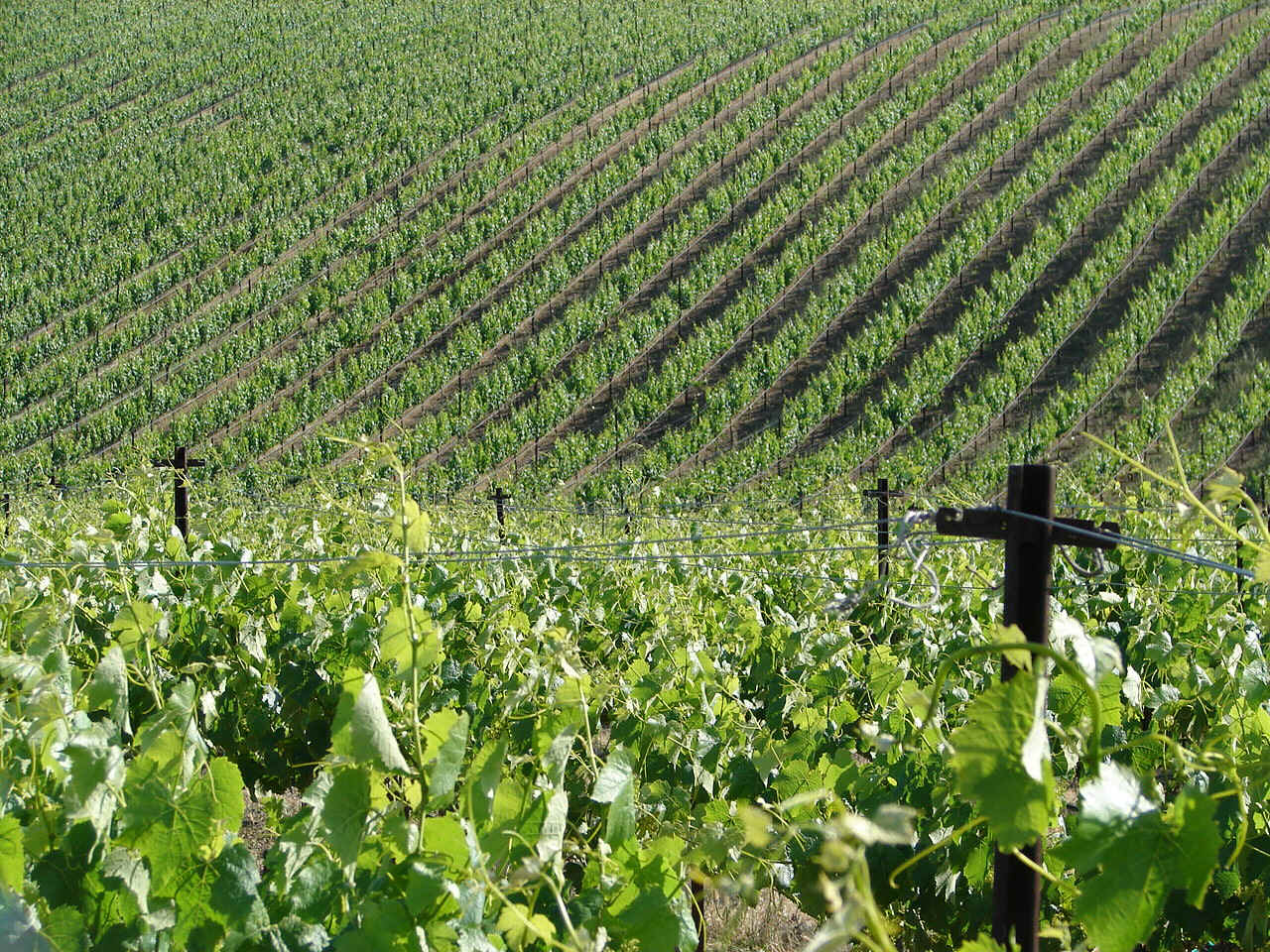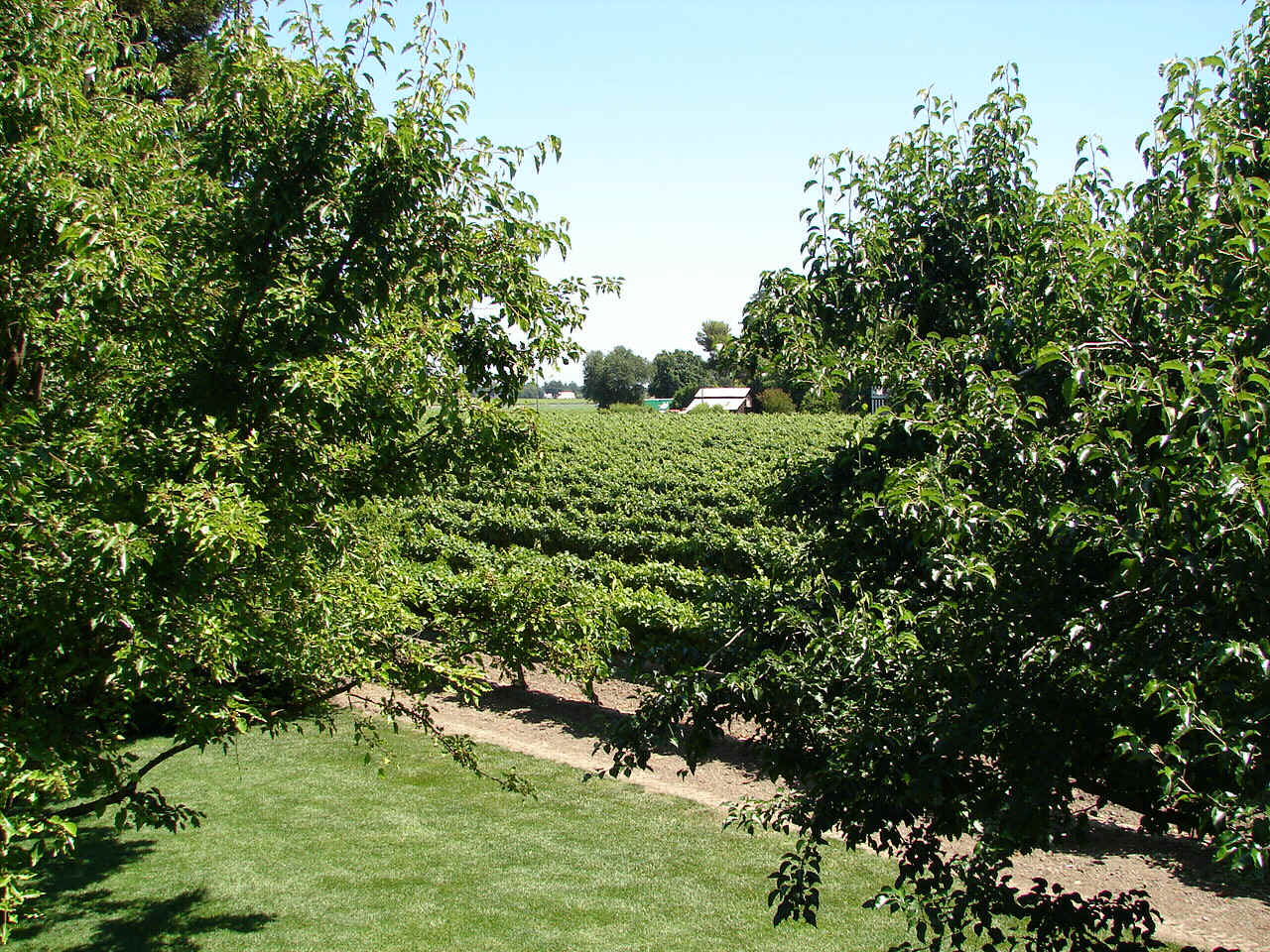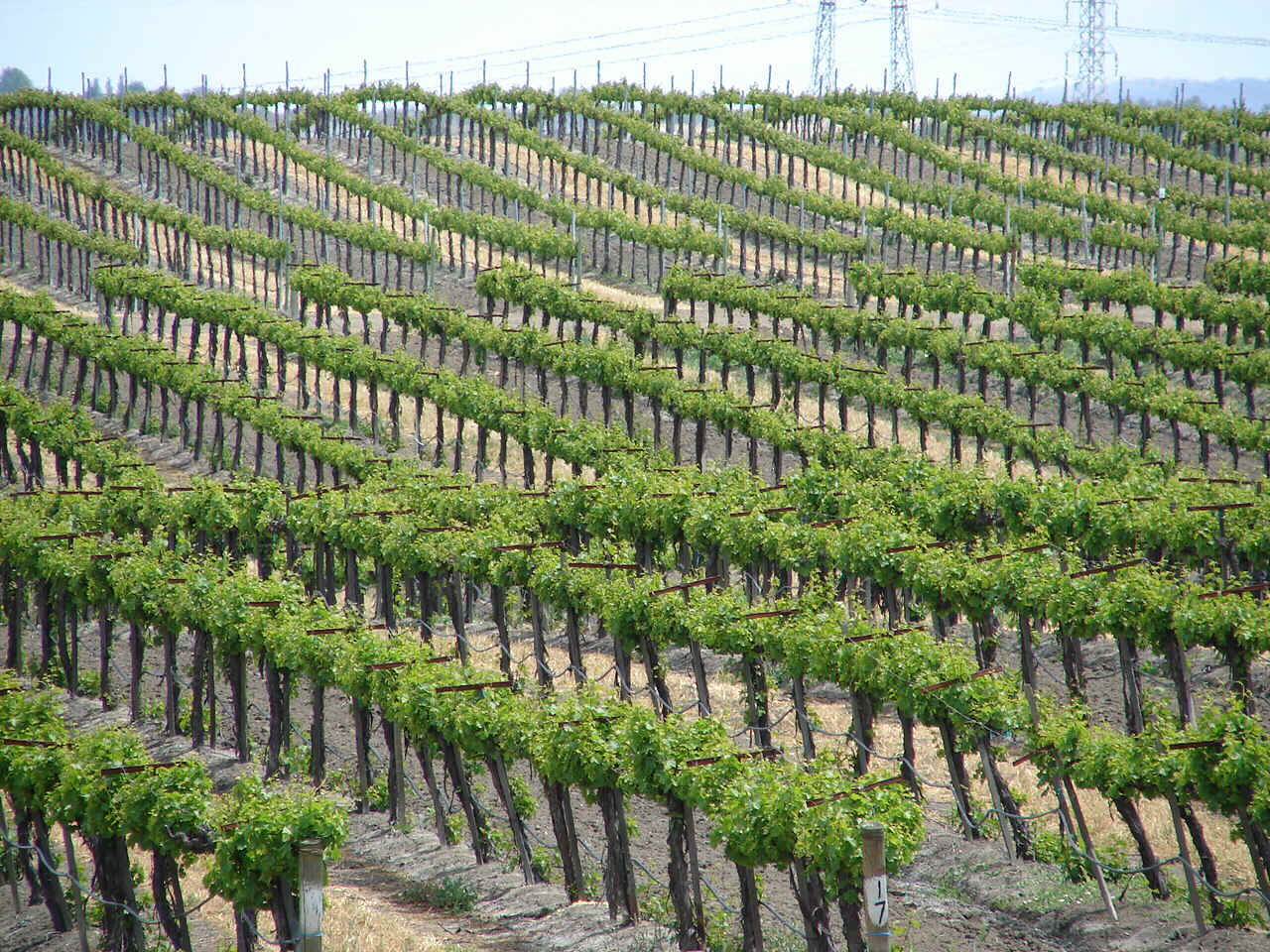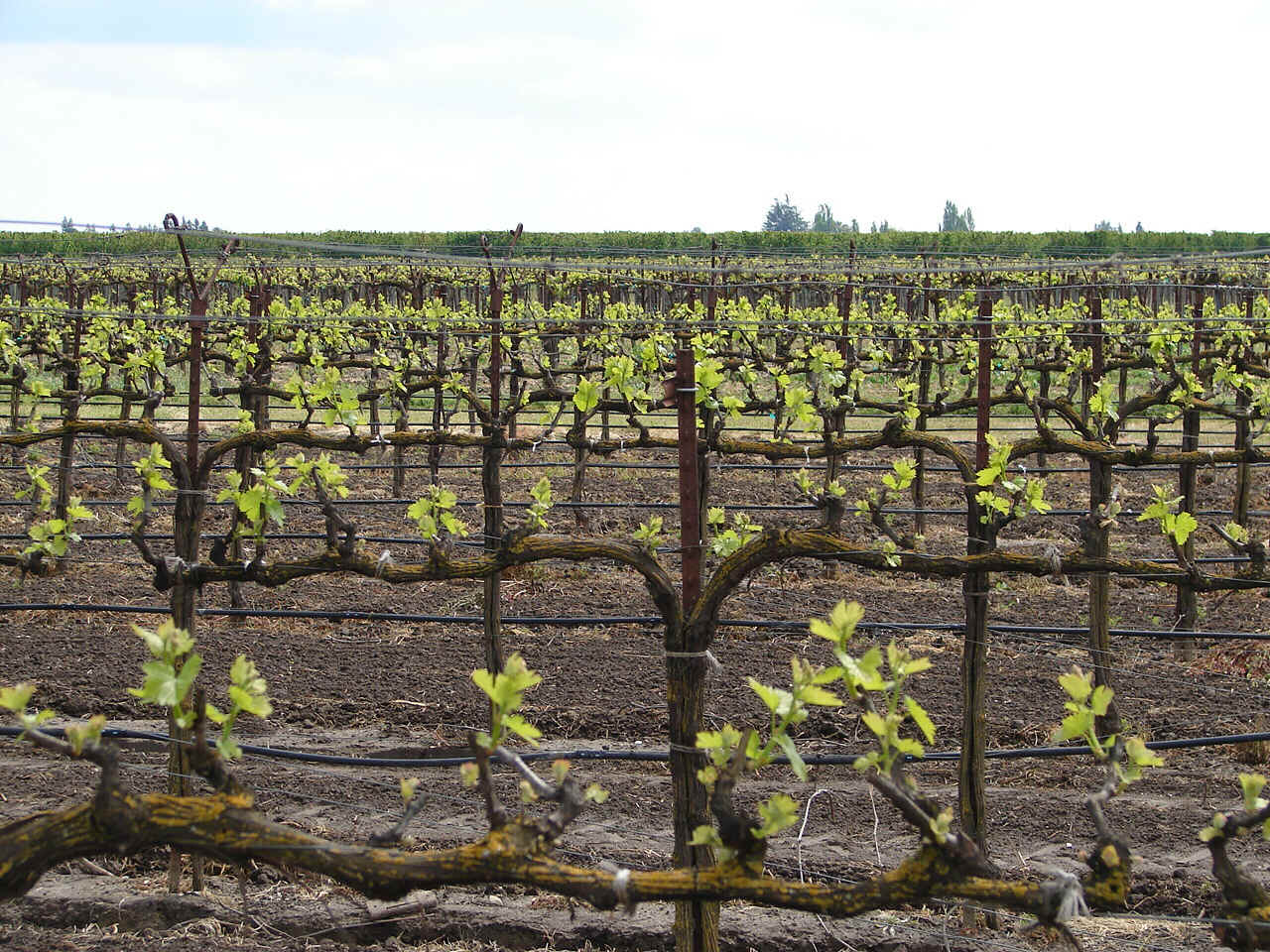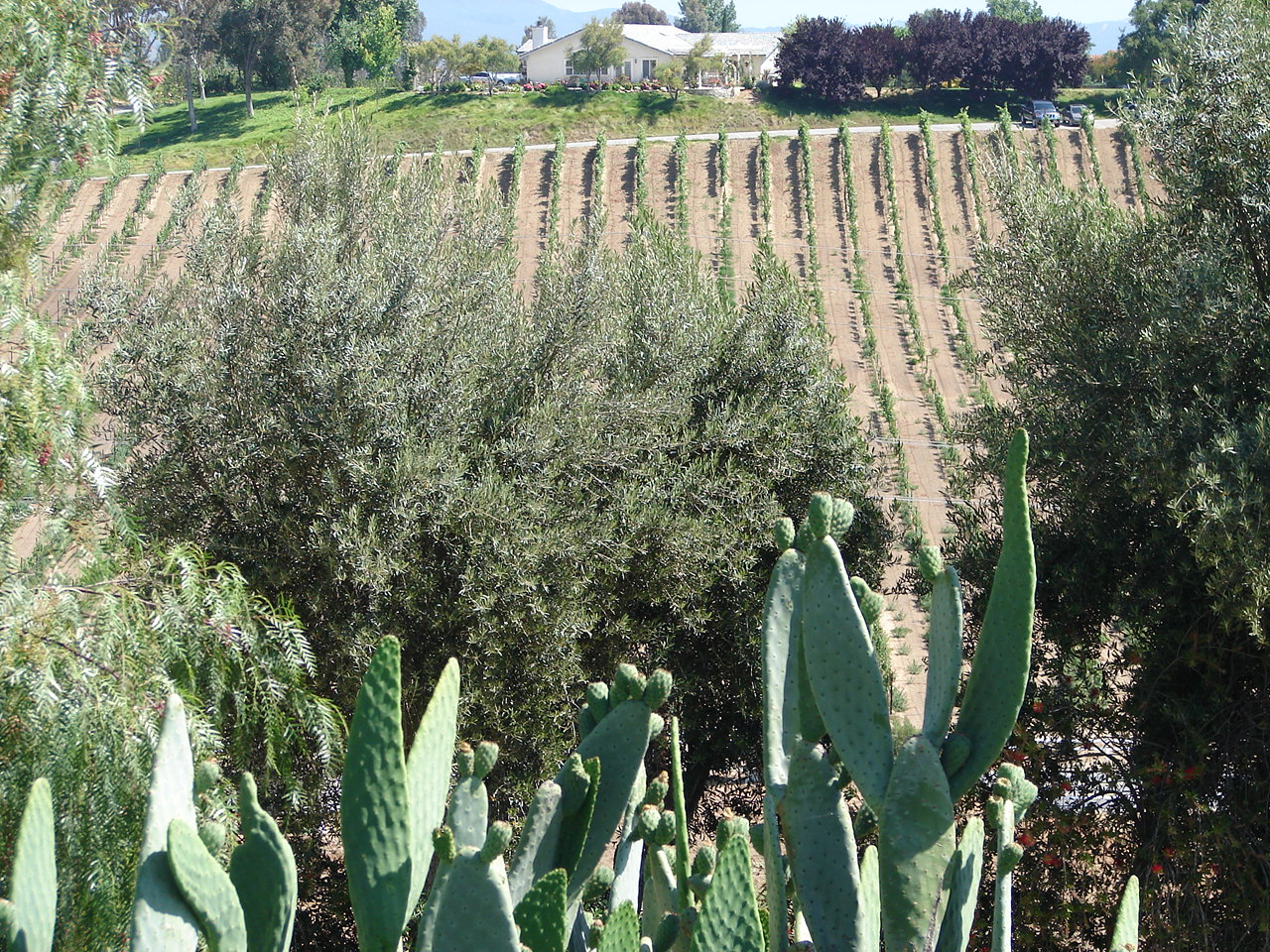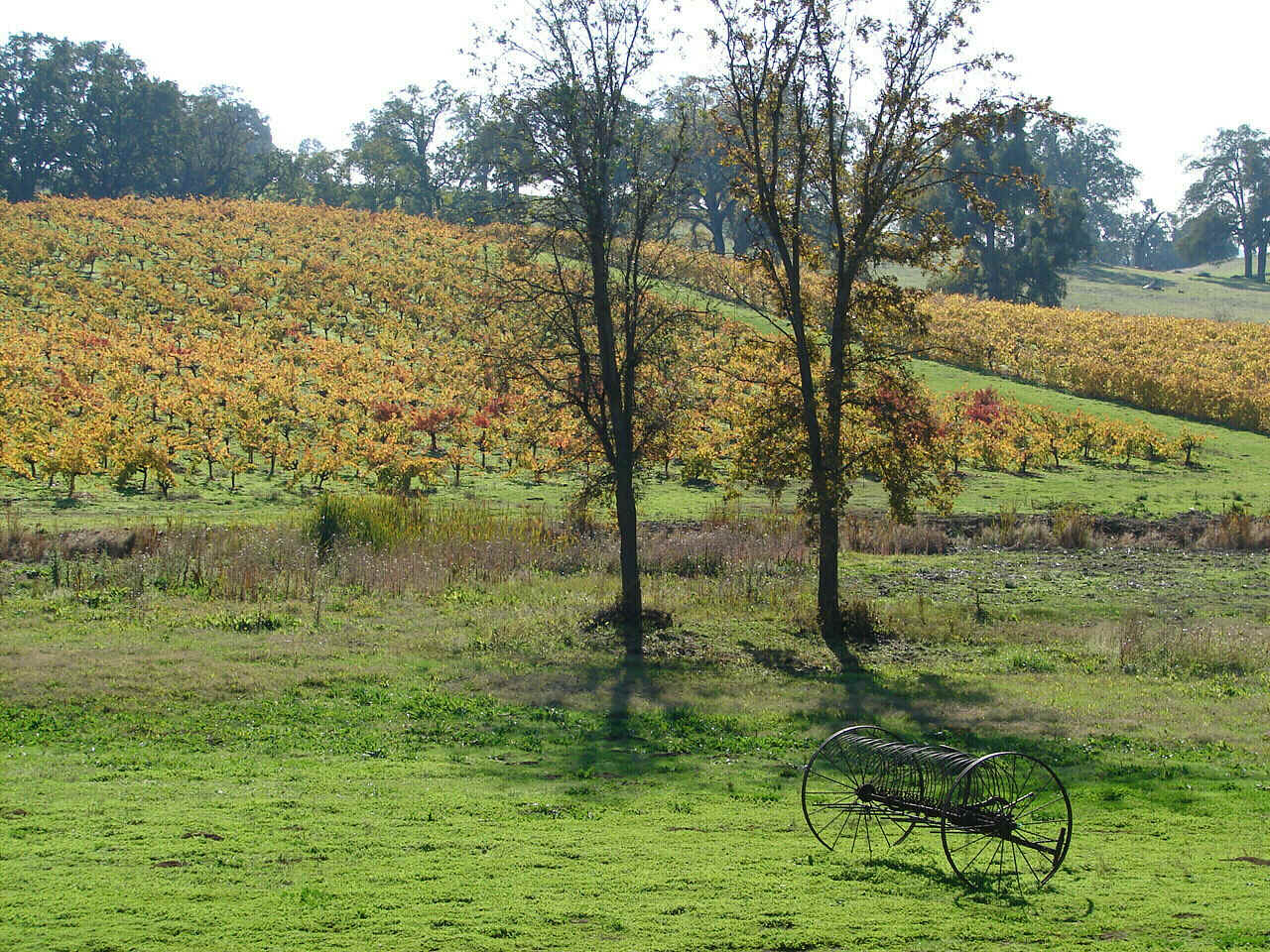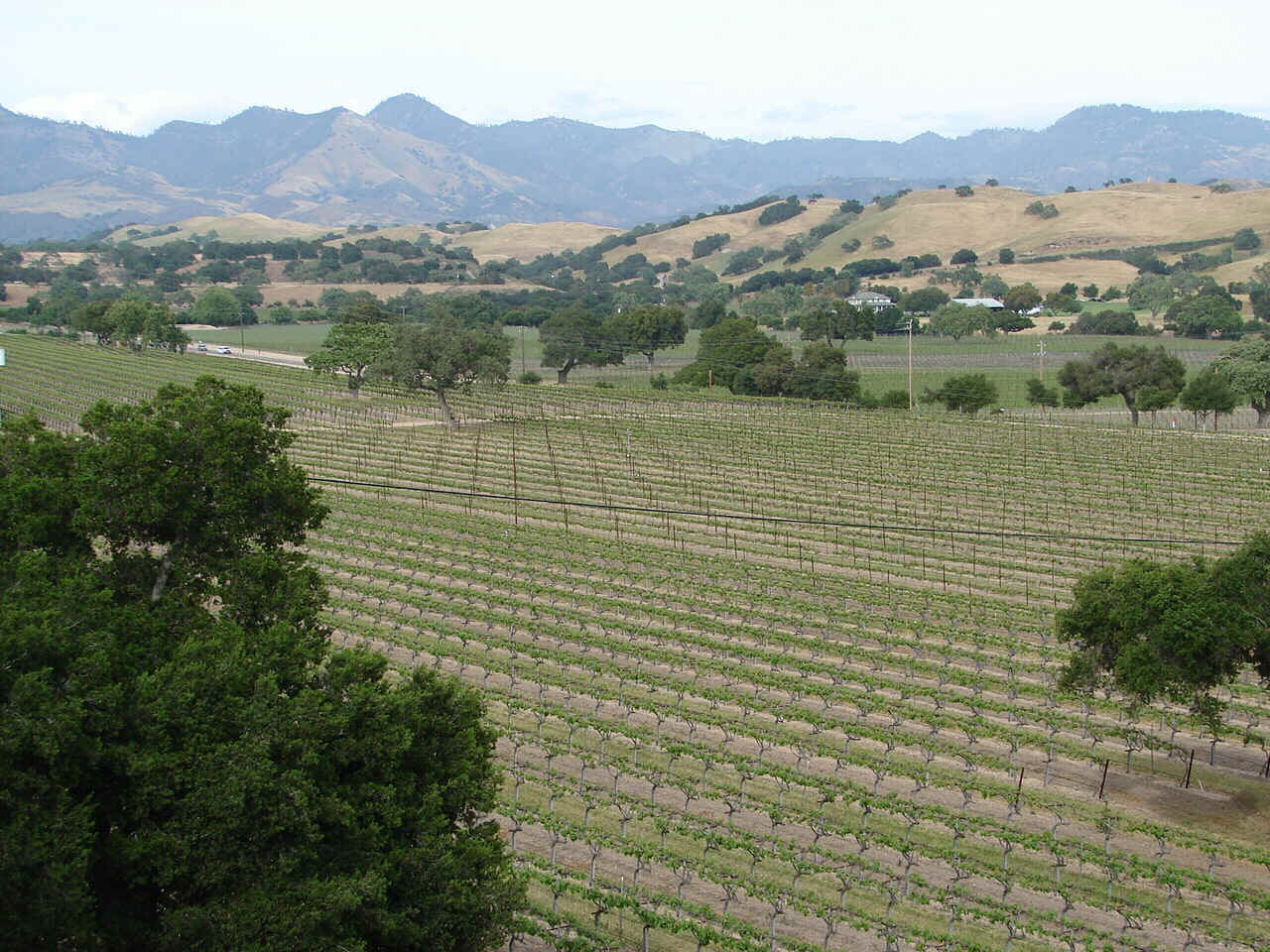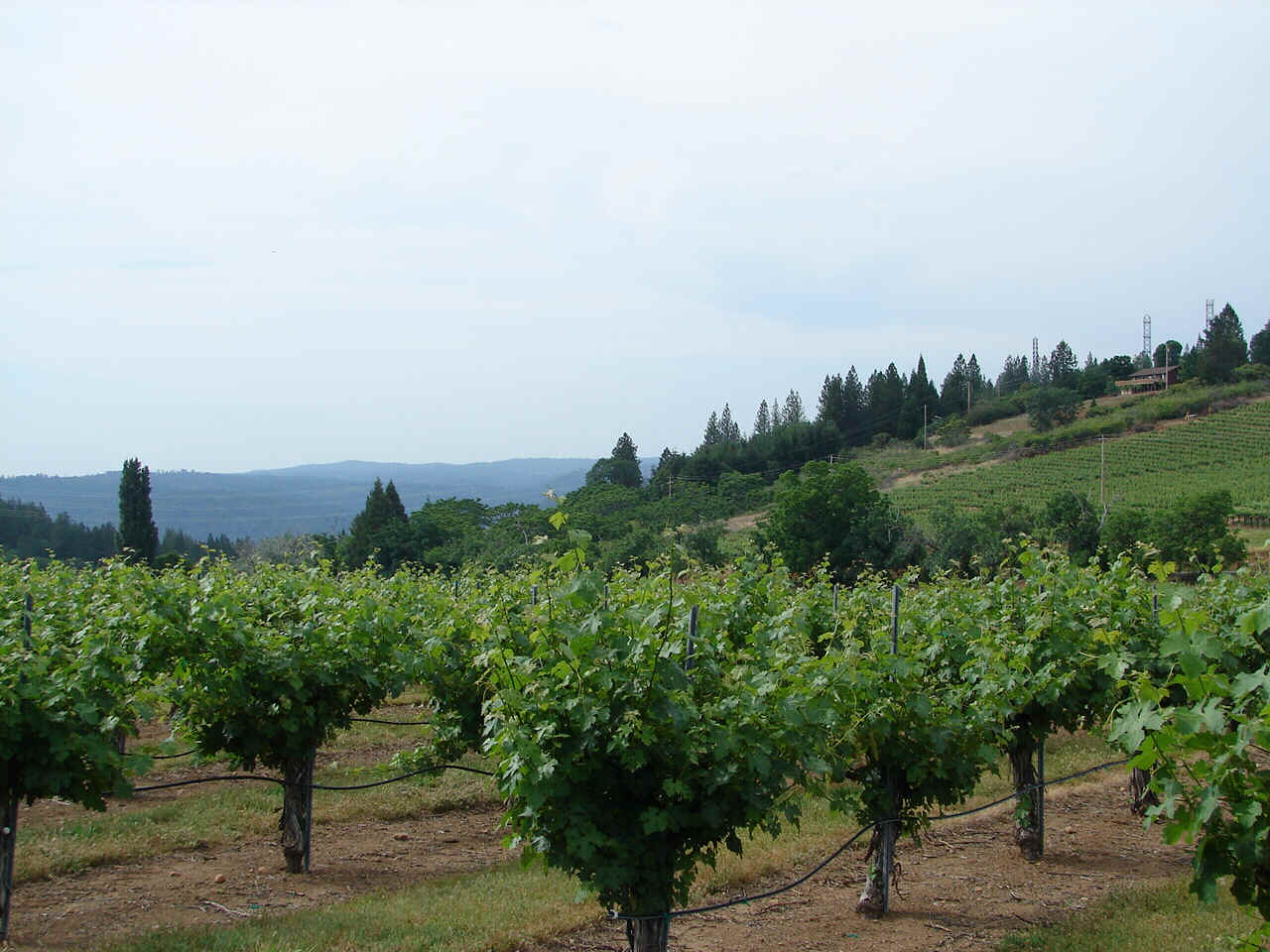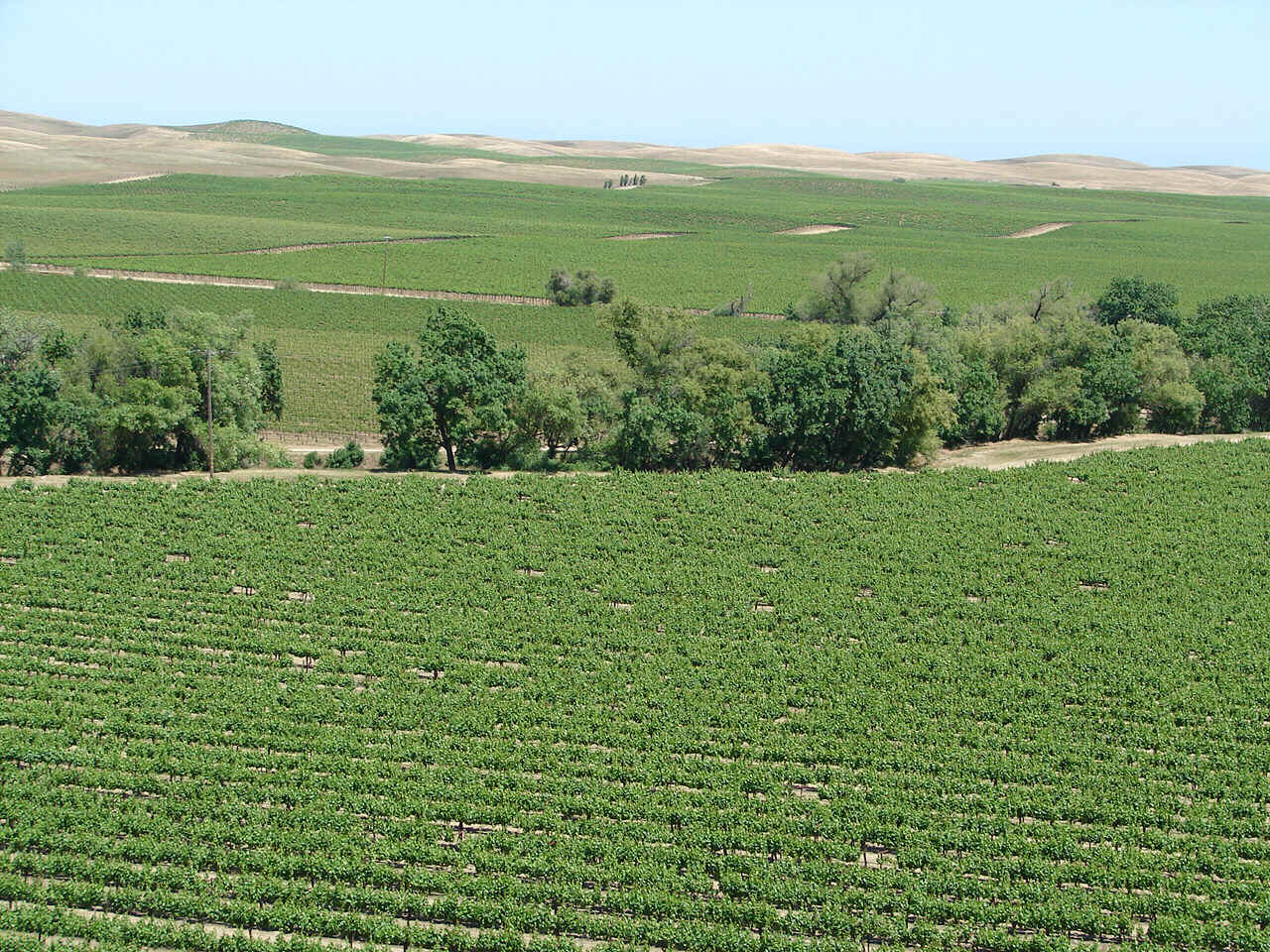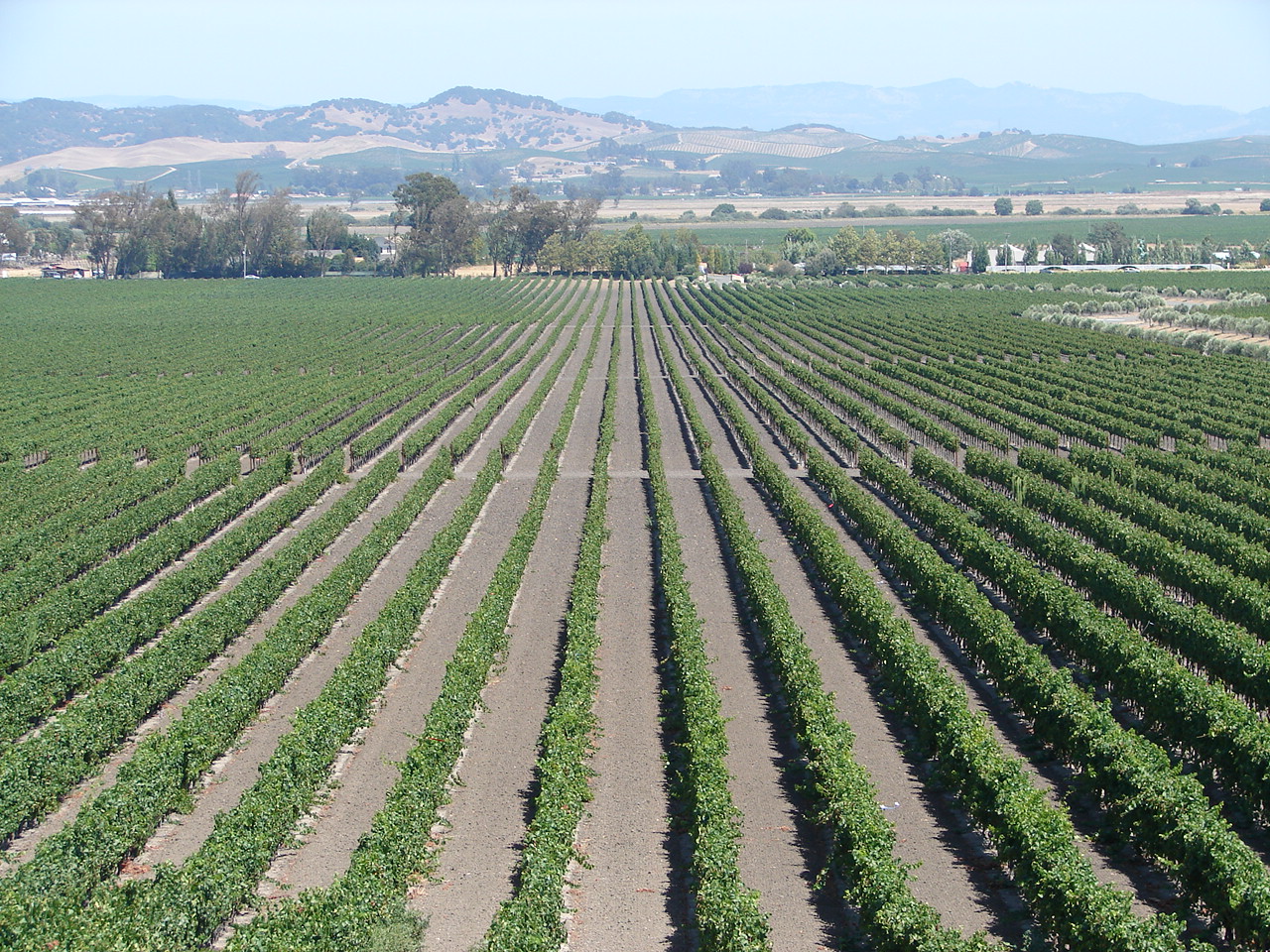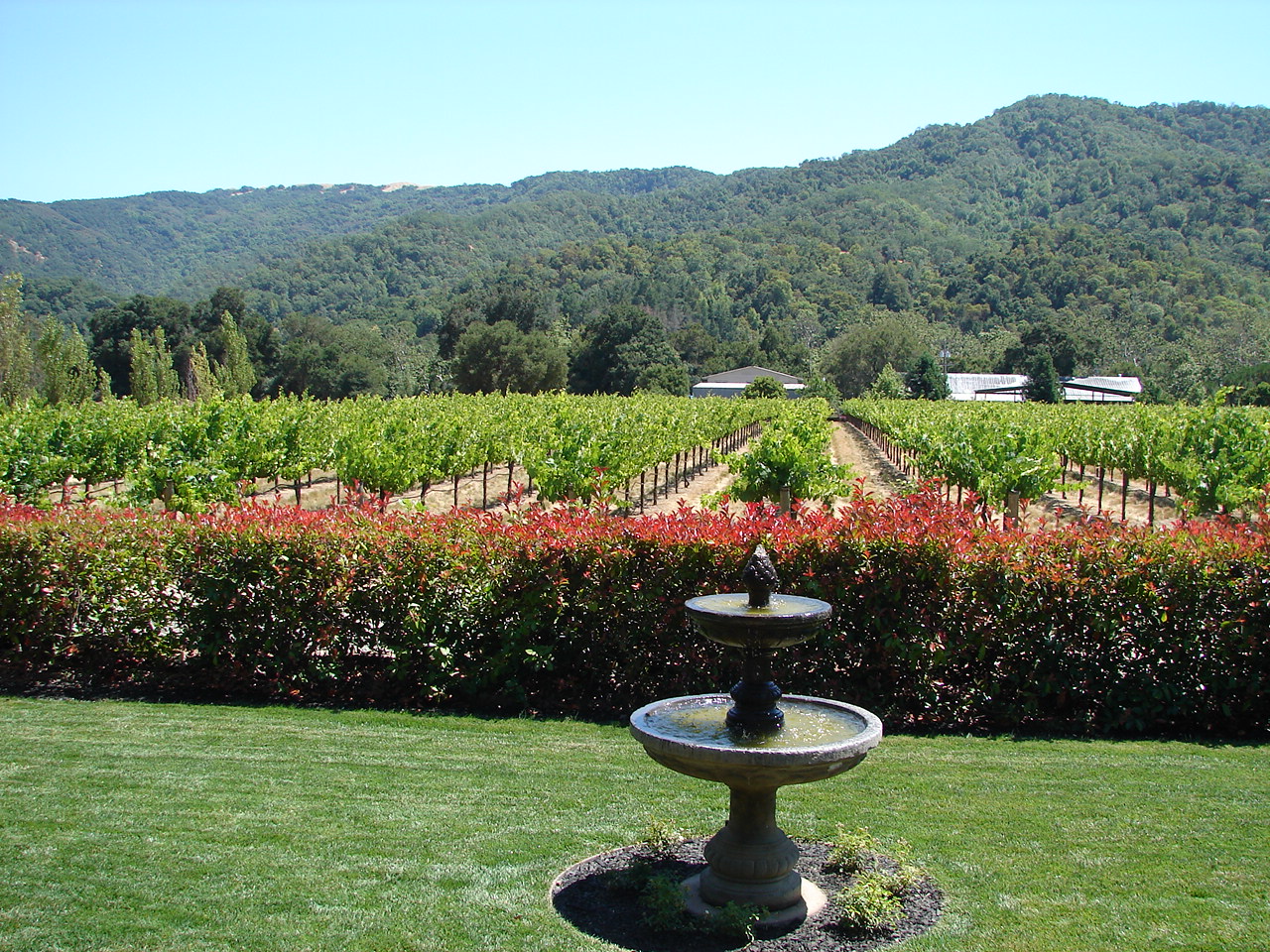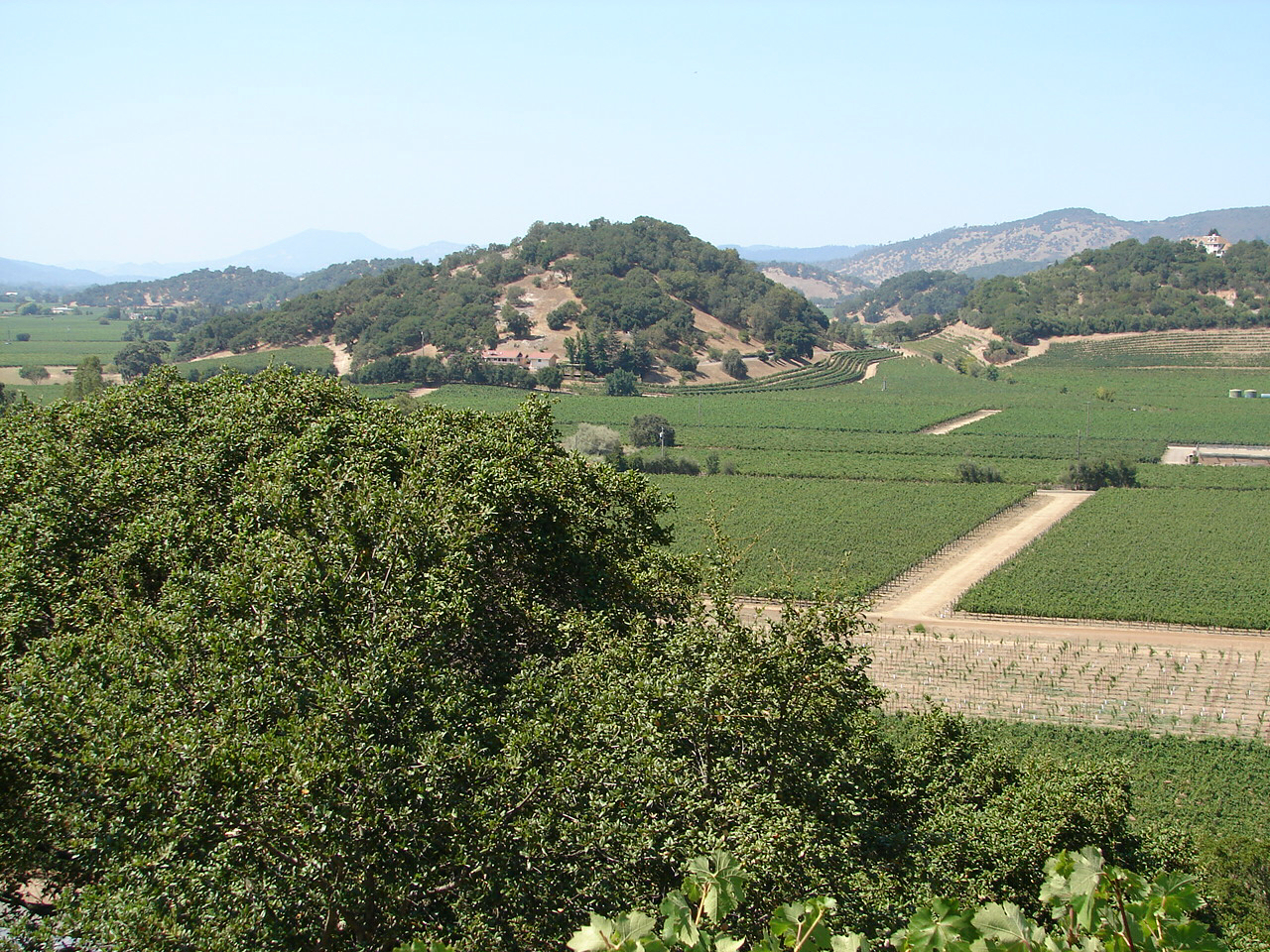| Wine Geography Quiz |
|
The state grows
extreme plants. Other parts of the world may have unique species, but only
in California will one find the world's tallest living things (the coast
redwoods), the world's largest living things (the giant sequoias), and the
world's oldest living things (the bristlecone pines). It's no surprise
then that when people got serious about growing wine grapes in California
things happened here that were bolder, bigger and more extreme than
anywhere else on earth.
Tourism is also extreme in California. No other region on earth has a greater "internal tourism" - people from that region taking delight in visiting other parts of their own region (state, country, etc.). Californians love to visit their state, from the highest point in the continental US to the lowest. From the National Parks to the theme parks. From compact San Francisco to sprawling Los Angeles. And no other state or country is blessed with a movie industry that promotes itself so well and so broadly (and so shamelessly). California has a mass-appeal - much of it self-created. Tourism in California appeals to the masses, and indeed, mass tourism has its roots in the religious pilgrimage, most evident in California along the state's Mission Trail. The Mission Trail is also the root of the state's wine industry. Missions grew grapes to make wine for mass, and now the masses come to California for wine made from over one hundred different varietals (California term for varieties) of grapes. Wine in California is, by almost any standard, a religion. (Originally, wine in California was made from "mission grapes," a vitis vinifera variety from Spain. While mission grapes are no longer used, other vinifera varieties such as syrah, cabernet sauvignon, chardonnay, zinfandel, merlot, viognier, pinot noir - all of the serious wine grape varietals, have excelled in California.) Of the nearly 6000 wineries in the United States, a third are in the state of California. California produces the most wine (90% of the country's total production), and also the country's best wine. (Many other states use grapes native to America such as concord, Delaware, or catawba, that are of the vitis labrusca (fox) species. This is not true wine.) California's wine regions are not only the most famous in America, but also some of the most well-known in the world. Darker and bolder than most European wines, California has altered the way in which the world creates and ranks fine wine. Even the naming by varietal, rather than by region or terroir, has become a world standard. While most casual wine drinkers are familiar with the wine appellations in Napa and Sonoma valleys near the bay area, California has sixteen distinct wine regions that each have several appellations (or American Viticultural Areas - AVAs) within them. Sonoma County, for example, has the AVAs of Sonoma Valley, Russian River Valley, Dry Creek Valley, Alexander Valley, Chalk Hill, Knights Valley and Los Carneros, which it shares with neighboring Napa Valley. Russian River Valley AVA has contained within it the smaller AVA of Green Valley. Geography varies in each region as it relates to terroir. A wine tourist should be able to identify the following regions not only by their aesthetic distinctiveness, but also by the wine culture and history that has developed there. The dozen quiz locations are but a small sample from all of those in the great wine state of California. |
